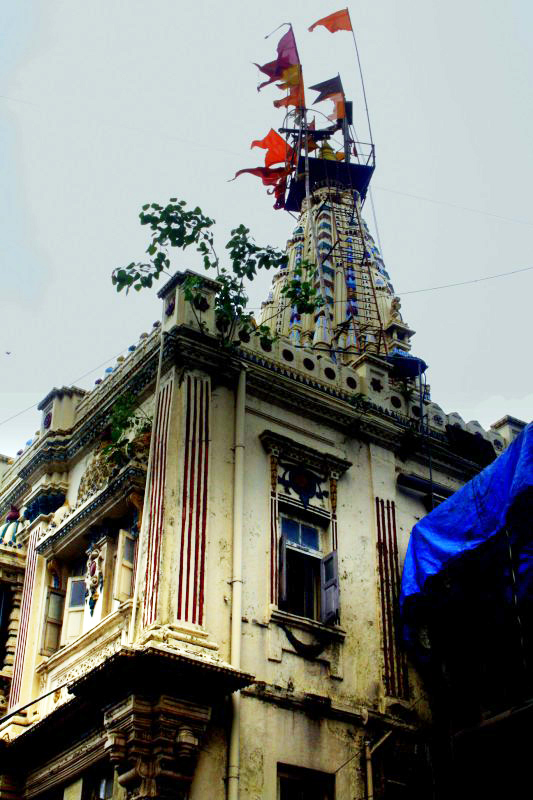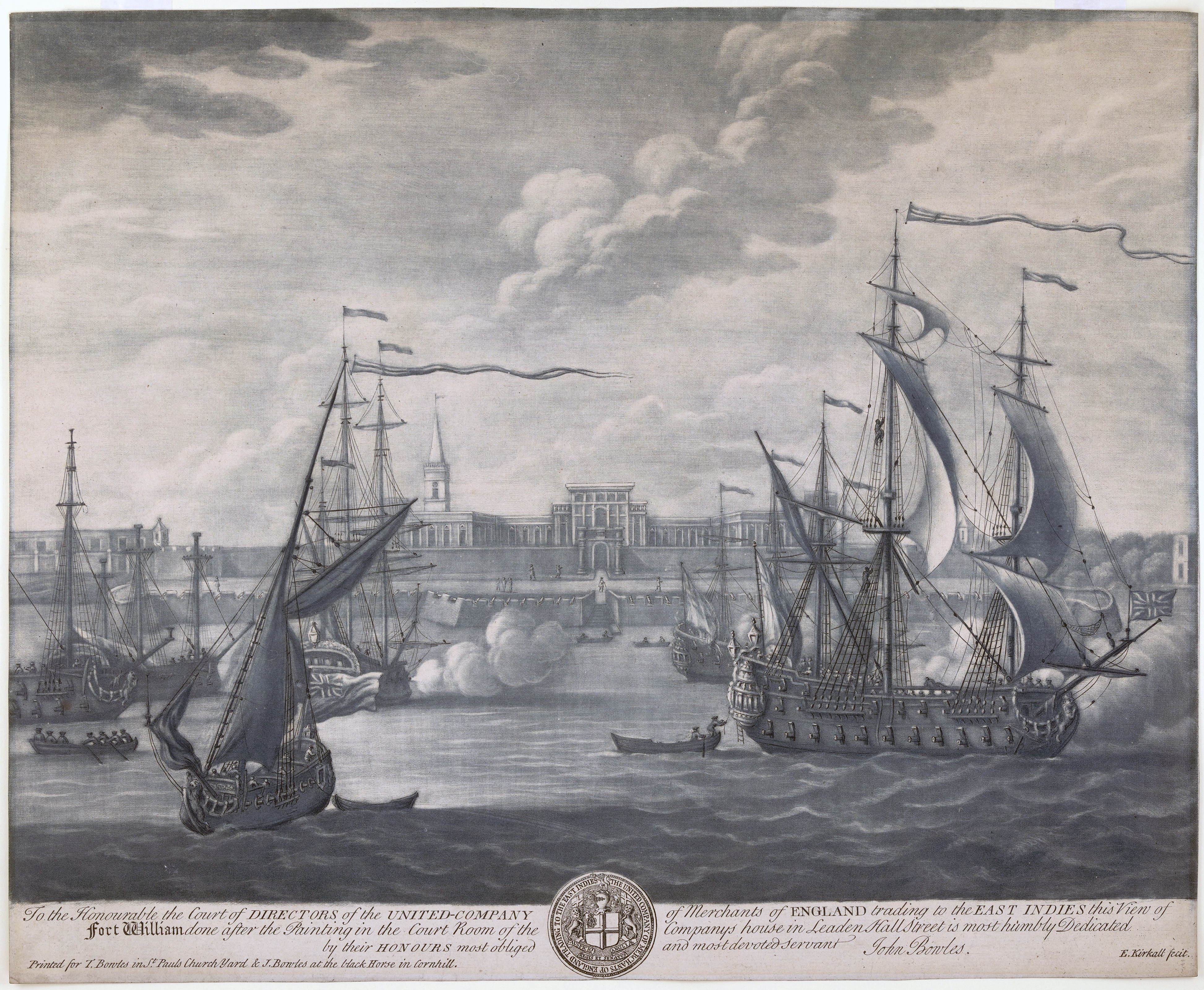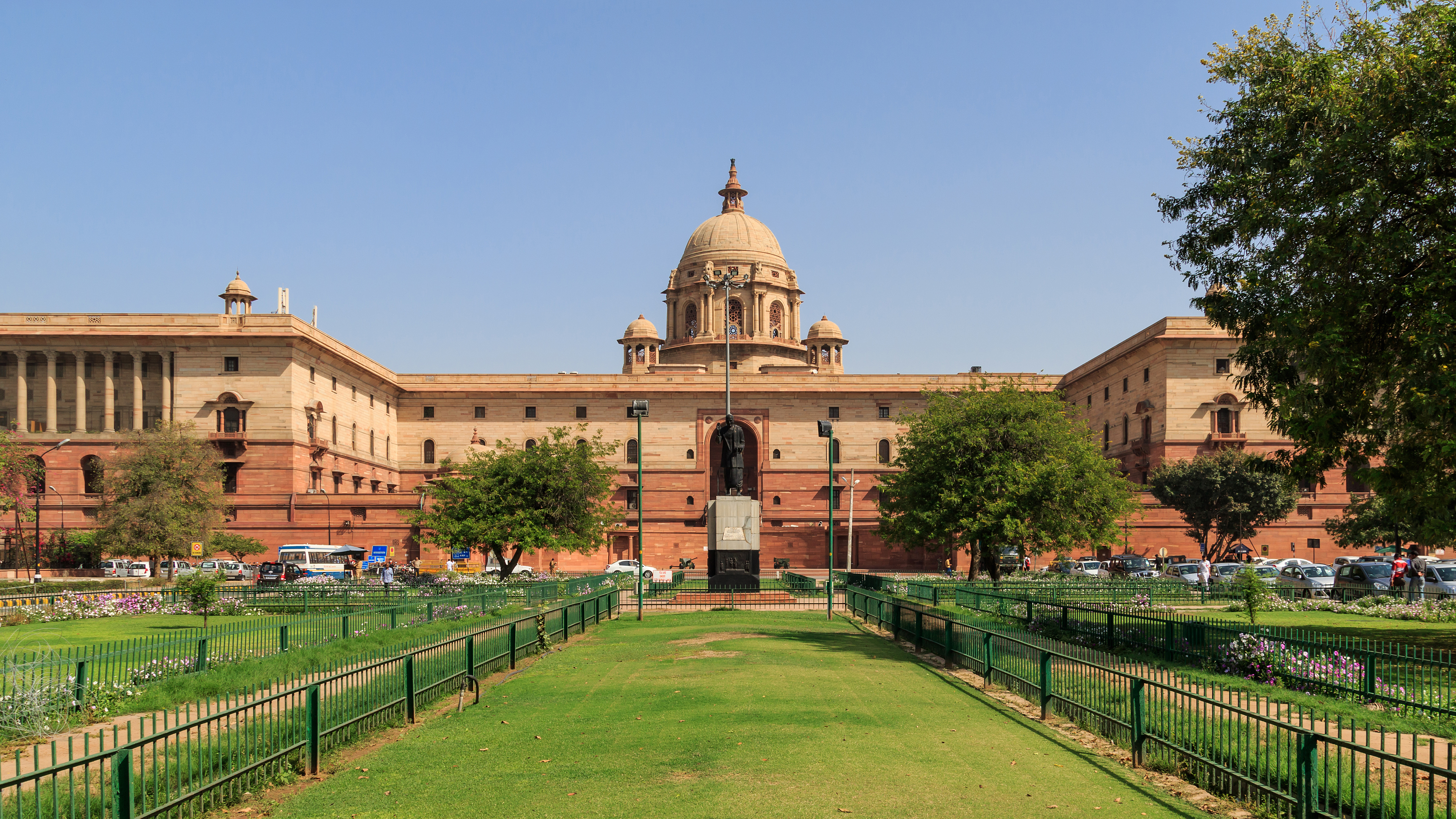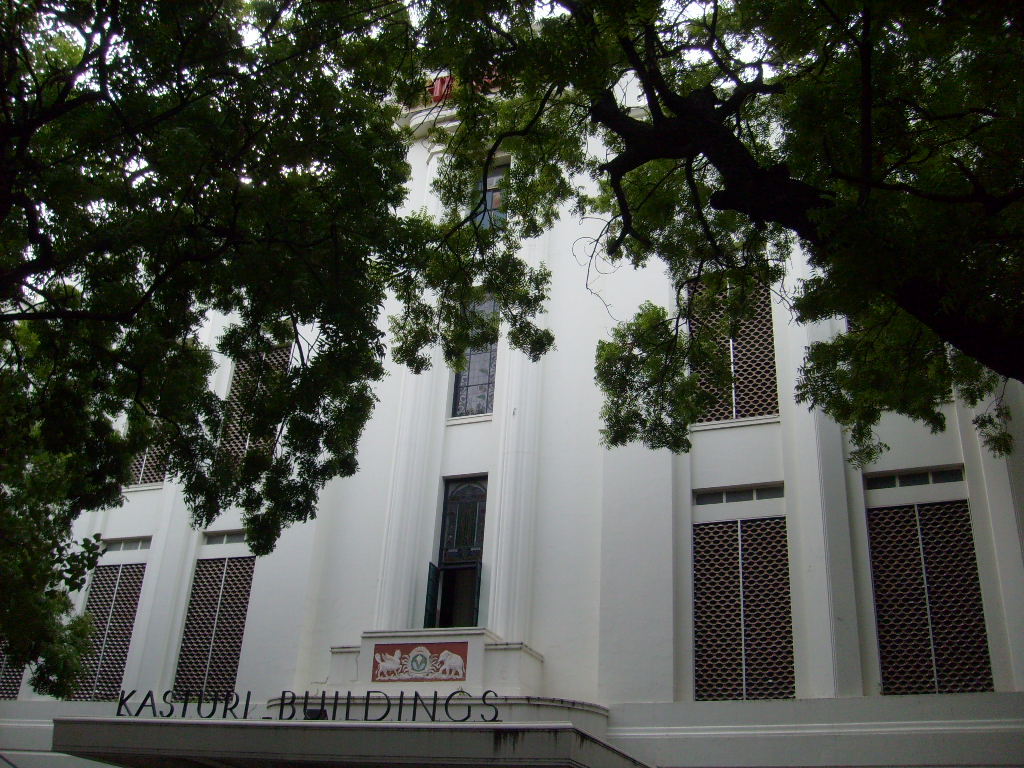|
Shamshad Hussain
Shamshad Hussain (1946 – 24 October 2015) was an Indian artist and the son of M. F. Husain. Early life Shamshad was born in Mumbai in 1946. He attended Baroda College of Fine Arts, where he studied a diploma in painting. He then studied at the Royal College of Art, Hussain claims that his time there "changed my perspective about art". Career His first solo exhibition took place in 1968. It was at this exhibition that he sold his first painting for 50 Rs. Awards In 1983, Shamshad won the Lalit Kala Academy The Lalit Kala Akademi or National Academy of Art (LKA) is India's national academy of fine arts. It is an autonomous organisation, established in New Delhi in 1954 by Government of India to promote and propagate understanding of Indian art, ... national award. References 20th-century Indian painters 1946 births 2015 deaths Artists from Mumbai Painters from Maharashtra Alumni of the Royal College of Art {{India-artist-stub ... [...More Info...] [...Related Items...] OR: [Wikipedia] [Google] [Baidu] |
Mumbai
Mumbai (, ; also known as Bombay — the official name until 1995) is the capital city of the Indian state of Maharashtra and the ''de facto'' financial centre of India. According to the United Nations, as of 2018, Mumbai is the second-most populous city in India after Delhi and the eighth-most populous city in the world with a population of roughly 20 million (2 crore). As per the Indian government population census of 2011, Mumbai was the most populous city in India with an estimated city proper population of 12.5 million (1.25 crore) living under the Brihanmumbai Municipal Corporation. Mumbai is the centre of the Mumbai Metropolitan Region, the sixth most populous metropolitan area in the world with a population of over 23 million (2.3 crore). Mumbai lies on the Konkan coast on the west coast of India and has a deep natural harbour. In 2008, Mumbai was named an alpha world city. It has the highest number of millionaires and billionaires among all ... [...More Info...] [...Related Items...] OR: [Wikipedia] [Google] [Baidu] |
British India
The provinces of India, earlier presidencies of British India and still earlier, presidency towns, were the administrative divisions of British governance on the Indian subcontinent. Collectively, they have been called British India. In one form or another, they existed between 1612 and 1947, conventionally divided into three historical periods: *Between 1612 and 1757 the East India Company set up factories (trading posts) in several locations, mostly in coastal India, with the consent of the Mughal emperors, Maratha Empire or local rulers. Its rivals were the merchant trading companies of Portugal, Denmark, the Netherlands, and France. By the mid-18th century, three ''presidency towns'': Madras, Bombay and Calcutta, had grown in size. *During the period of Company rule in India (1757–1858), the company gradually acquired sovereignty over large parts of India, now called "presidencies". However, it also increasingly came under British government oversight, in effect shar ... [...More Info...] [...Related Items...] OR: [Wikipedia] [Google] [Baidu] |
New Delhi
New Delhi (, , ''Naī Dillī'') is the Capital city, capital of India and a part of the NCT Delhi, National Capital Territory of Delhi (NCT). New Delhi is the seat of all three branches of the government of India, hosting the Rashtrapati Bhavan, Parliament House (India), Parliament House, and the Supreme Court of India. New Delhi is a Municipal governance in India, municipality within the NCT, administered by the New Delhi Municipal Council, NDMC, which covers mostly Lutyens' Delhi and a few adjacent areas. The municipal area is part of a larger List of districts in India, administrative district, the New Delhi district. Although colloquially ''Delhi'' and ''New Delhi'' are used interchangeably to refer to the National Capital Territory of Delhi, both are distinct entities, with both the municipality and the New Delhi district forming a relatively small part of the megacity of Delhi. The National Capital Region (India), National Capital Region is a much larger entity compri ... [...More Info...] [...Related Items...] OR: [Wikipedia] [Google] [Baidu] |
Royal College Of Art
The Royal College of Art (RCA) is a public research university in London, United Kingdom, with campuses in South Kensington, Battersea and White City. It is the only entirely postgraduate art and design university in the United Kingdom. It offers postgraduate degrees in art and design to students from over 60 countries. History The RCA was founded in Somerset House in 1837 as the Government School of Design or Metropolitan School of Design. Richard Burchett became head of the school in 1852. In 1853 it was expanded and moved to Marlborough House, and then, in 1853 or 1857, to South Kensington, on the same site as the South Kensington Museum. It was renamed the Normal Training School of Art in 1857 and the National Art Training School in 1863. During the later 19th century it was primarily a teacher training college; pupils during this period included George Clausen, Christopher Dresser, Luke Fildes, Kate Greenaway and Gertrude Jekyll. In September 1896 the school re ... [...More Info...] [...Related Items...] OR: [Wikipedia] [Google] [Baidu] |
Lalit Kala Academy
The Lalit Kala Akademi or National Academy of Art (LKA) is India's national academy of fine arts. It is an autonomous organisation, established in New Delhi in 1954 by Government of India to promote and propagate understanding of Indian art, in and outside the country. LKA provides scholarships and a fellow program, and sponsors and organises exhibitions in India and overseas. It publishes a bilingual journal. It is funded by the Union Ministry of Culture. Its headquarters are at Ravindra Bhawan, Ferozshah Road, New Delhi. History After achieving independence in 1947, the leaders of the nationalist movement realised the value of culture as a vehicle of interaction and its importance in shaping not only the Indian identity on its own, but also carving out an sphere of interaction where other art forms would further the cause of national unity. It was seen necessary that a cultural reorganisation of the nation should come through the institutional infrastructure of the state. ... [...More Info...] [...Related Items...] OR: [Wikipedia] [Google] [Baidu] |
Owais Husain
Owais Husain (born 1967) is a multi-media artist, painter and filmmaker. Biography Owais Husain was born in Mumbai, India, in 1967. The son of M. F. Husain and Fazila, he has two sisters, Raisa and Aqueela, and two brothers, Mustafa and Shamshad. Husain graduated in Fine Arts from the Sir Jamsetjee Jeejebhoy School of Art in 1990. He currently resides and works in Dubai and Mumbai. Work Owais Husain is a multi-media artist whose works have been shown in both group exhibitions and solo shows. He has also worked as a Producer, Director and Writer for film and music. International multi-media artist. As an artist who has been active since the late 80s, he has explored numerous mediums through study and his produced pieces. Husain has used a range of mediums, including: poetry, painting, watercolor and sculpture, in his varied works. Most recently, he has combined multiple mediums into installations and more diversely textured works. Husain is an international artis ... [...More Info...] [...Related Items...] OR: [Wikipedia] [Google] [Baidu] |
Faculty Of Fine Arts
In European academic traditions, fine art is developed primarily for aesthetics or creative expression, distinguishing it from decorative art or applied art, which also has to serve some practical function, such as pottery or most metalwork. In the aesthetic theories developed in the Italian Renaissance, the highest art was that which allowed the full expression and display of the artist's imagination, unrestricted by any of the practical considerations involved in, say, making and decorating a teapot. It was also considered important that making the artwork did not involve dividing the work between different individuals with specialized skills, as might be necessary with a piece of furniture, for example. Even within the fine arts, there was a hierarchy of genres based on the amount of creative imagination required, with history painting placed higher than still life. Historically, the five main fine arts were painting, sculpture, architecture, music, and poetry ... [...More Info...] [...Related Items...] OR: [Wikipedia] [Google] [Baidu] |
Rupees
Rupee is the common name for the currencies of India, Mauritius, Nepal, Pakistan, Seychelles, and Sri Lanka, and of former currencies of Afghanistan, Bahrain, Kuwait, Oman, the United Arab Emirates (as the Gulf rupee), British East Africa, Burma, German East Africa (as Rupie/Rupien), and Tibet. In Indonesia and the Maldives, the unit of currency is known as ''rupiah'' and '' rufiyaa'' respectively, cognates of the word rupee. The Indian rupees () and Pakistani rupees () are subdivided into one hundred paise (singular ''paisa'') or pice. The Nepalese rupee (रू) subdivides into one hundred paisa (singular and plural) or four sukaas. The Mauritian, Seychellois, and Sri Lankan rupees subdivide into 100 cents. Etymology The Hindustani word ''rupyā'' is derived from the Sanskrit word ''rūpya'' (), which means "wrought silver, a coin of silver", in origin an adjective meaning "shapely", with a more specific meaning of "stamped, impressed", whence "coin". It is derive ... [...More Info...] [...Related Items...] OR: [Wikipedia] [Google] [Baidu] |
The Hindu
''The Hindu'' is an Indian English-language daily newspaper owned by The Hindu Group, headquartered in Chennai, Tamil Nadu. It began as a weekly in 1878 and became a daily in 1889. It is one of the Indian newspapers of record and the second most circulated English-language newspaper in India, after '' The Times of India''. , ''The Hindu'' is published from 21 locations across 11 states of India. ''The Hindu'' has been a family-owned newspaper since 1905, when it was purchased by S. Kasturi Ranga Iyengar from the original founders. It is now jointly owned by Iyengar's descendants, referred to as the "Kasturi family", who serve as the directors of the holding company. The current chairperson of the group is Malini Parthasarathy, a great-granddaughter of Iyengar. Except for a period of about two years, when S. Varadarajan held the editorship of the newspaper, the editorial positions of the paper were always held by members of the family or held under their direction. His ... [...More Info...] [...Related Items...] OR: [Wikipedia] [Google] [Baidu] |
Lalit Kala Akademi
The Lalit Kala Akademi or National Academy of Art (LKA) is India's national academy of fine arts. It is an autonomous organisation, established in New Delhi in 1954 by Government of India to promote and propagate understanding of Indian art, in and outside the country. LKA provides scholarships and a fellow program, and sponsors and organises exhibitions in India and overseas. It publishes a bilingual journal. It is funded by the Union Ministry of Culture. Its headquarters are at Ravindra Bhawan, Ferozshah Road, New Delhi. History After achieving independence in 1947, the leaders of the nationalist movement realised the value of culture as a vehicle of interaction and its importance in shaping not only the Indian identity on its own, but also carving out an sphere of interaction where other art forms would further the cause of national unity. It was seen necessary that a cultural reorganisation of the nation should come through the institutional infrastructure of the state. ... [...More Info...] [...Related Items...] OR: [Wikipedia] [Google] [Baidu] |
1946 Births
Events January * January 6 - The first general election ever in Vietnam is held. * January 7 – The Allies recognize the Austrian republic with its 1937 borders, and divide the country into four occupation zones. * January 10 ** The first meeting of the United Nations is held, at Methodist Central Hall Westminster in London. ** ''Project Diana'' bounces radar waves off the Moon, measuring the exact distance between the Earth and the Moon, and proves that communication is possible between Earth and outer space, effectively opening the Space Age. * January 11 - Enver Hoxha declares the People's Republic of Albania, with himself as prime minister. * January 16 – Charles de Gaulle resigns as head of the French provisional government. * January 17 - The United Nations Security Council holds its first session, at Church House, Westminster in London. * January 19 ** The Bell XS-1 is test flown for the first time (unpowered), with Bell's chief test pilot Jack Woolams at the c ... [...More Info...] [...Related Items...] OR: [Wikipedia] [Google] [Baidu] |





.jpg)

